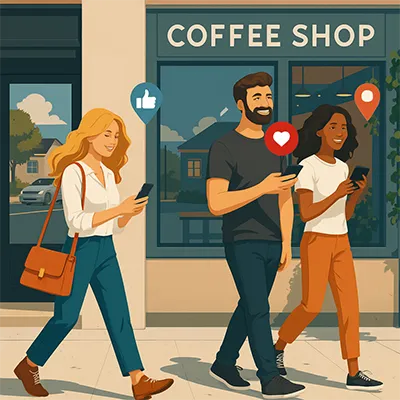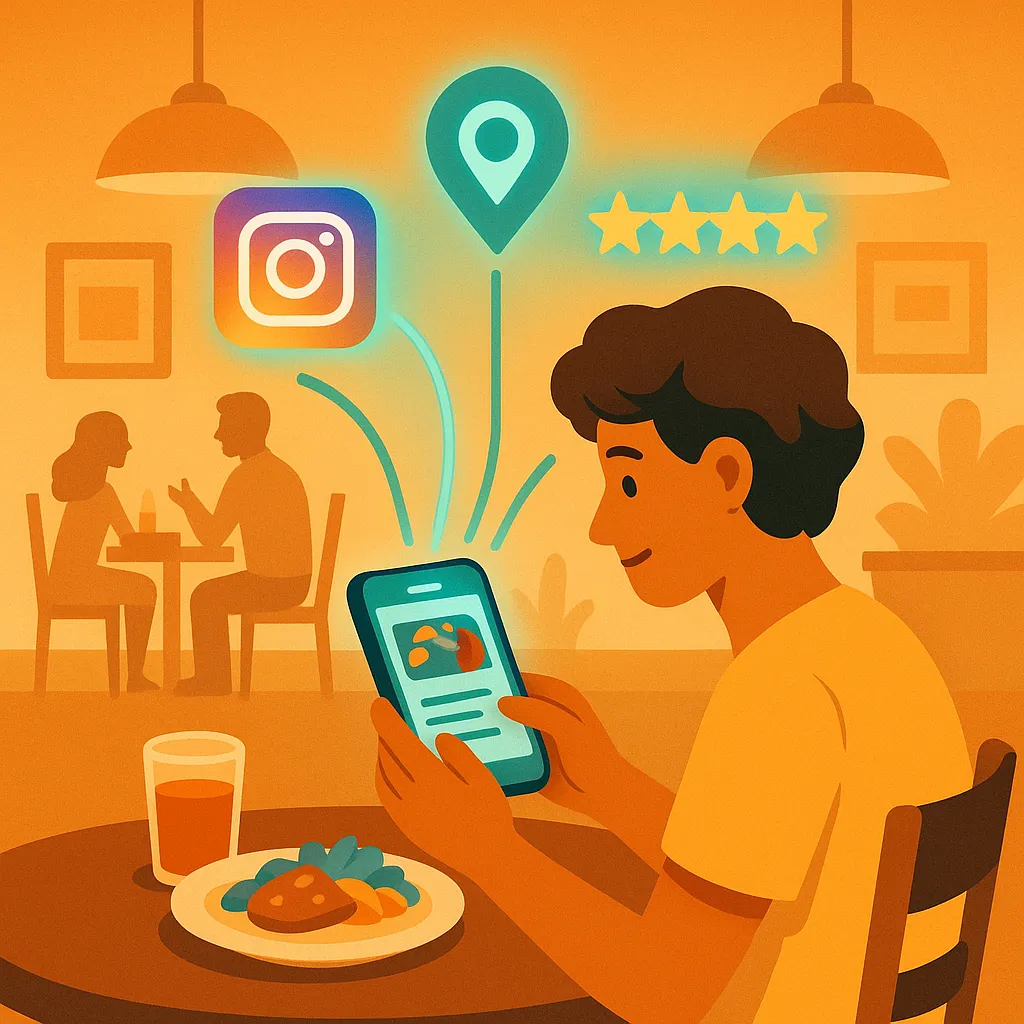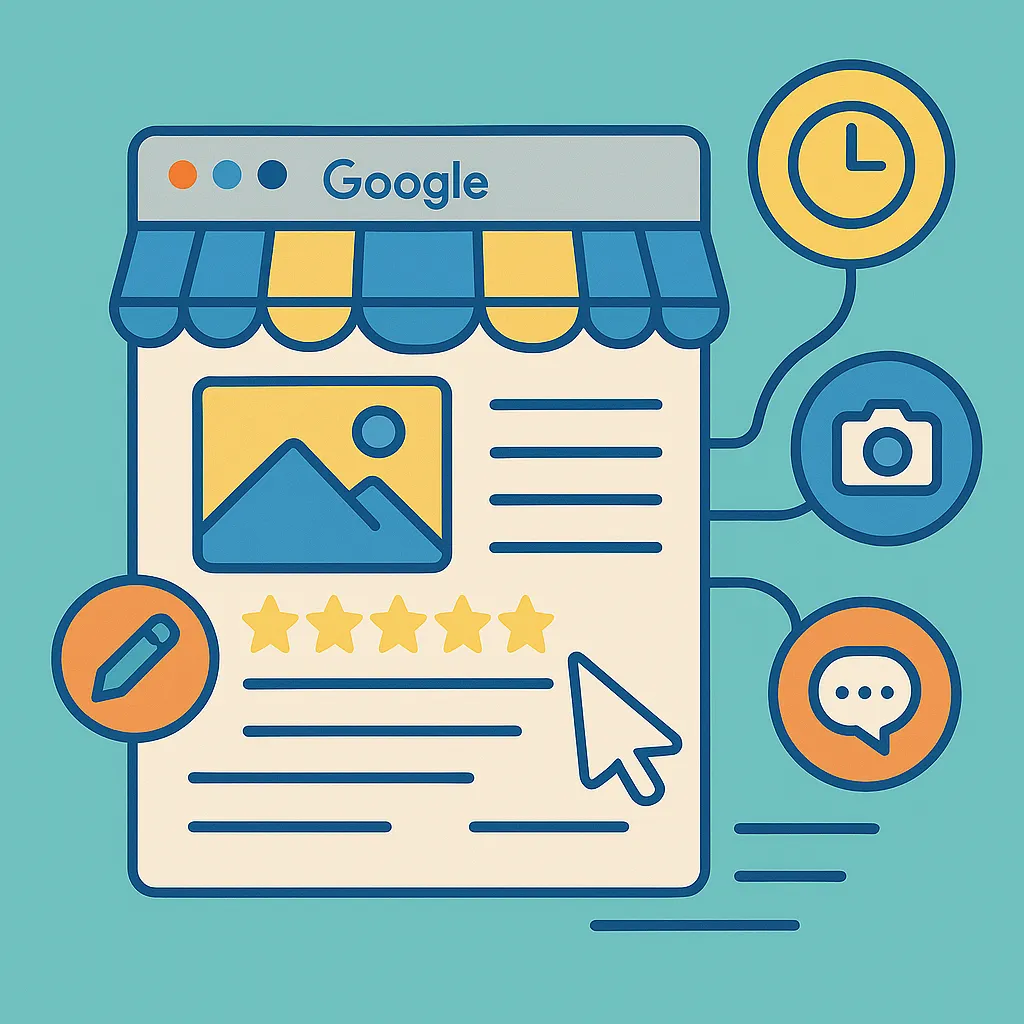For many local business owners, social media can feel like a time-consuming mystery. You post consistently, rack up a few likes or comments, and yet… nothing seems to move the needle.
The truth is, social media can be an incredibly powerful tool for local businesses — but only when it’s approached with clarity, purpose, and realistic expectations.
In 2025, the platforms have changed, the algorithms have shifted, and the digital noise is louder than ever. But what hasn’t changed is this: your customers are still spending time on social media, and they’re still using it to discover, evaluate, and engage with local brands.
The question is: are you showing up in the right way?
Engagement Is Not the Same as Impact
Let’s start by clearing up a common misconception: not all metrics matter equally.
It’s easy to get caught up in “vanity metrics” — likes, follows, and shares that feel good but don’t necessarily lead to sales. While these numbers can offer insight into what your audience responds to, they don’t always reflect true business performance.
Instead, local businesses should focus on outcome-driven metrics, such as:
The goal of your social presence isn’t just to look busy — it’s to create meaningful touchpoints that support your bottom line.
Choose the Right Platform for Your Business
Not every platform is right for every local brand. Rather than spreading yourself thin, focus on where your audience naturally spends their time — and where your type of content shines.
Here’s a simplified guide to help local businesses decide:
Best for: Restaurants, boutiques, wineries, salons, fitness studios
Why: Visually driven platform, great for showcasing spaces, products, and lifestyle content. Reels and Stories work especially well for community-based engagement.
Best for: Events, promotions, older demographics
Why: Still widely used for local updates and community interaction. Great for boosting event visibility and local awareness.
TikTok
Best for: Trend-savvy businesses with creative, playful content
Why: High potential reach, especially for unique or behind-the-scenes content. Works well for food, fashion, and personality-driven brands.
Best for: B2B services, consultants, legal or financial professionals
Why: Ideal for thought leadership, referrals, and local professional networking.
Keep It Simple: A Sustainable Content Strategy
You don’t need a 30-day content calendar and a professional videographer to make social work. For most local brands, the winning formula is consistency + authenticity + a little strategy.
Here are a few content ideas that perform well and are easy to produce:
- Behind-the-scenes moments: Show how your products are made, what a day in your shop looks like, or how you prep for clients.
- Customer stories or testimonials: Share a photo and short caption featuring a happy customer or review.
- Quick tips or FAQs: Educate your audience about your service in simple, helpful ways.
- Team spotlights: Introduce the people behind the business.
- Seasonal promotions or events: Highlight what's timely and relevant in your community.
You don’t need to go viral — you just need to stay visible and trustworthy.
Boosting vs. Advertising: Know the Difference
At some point, most platforms will prompt you to “boost” a post — and while this can increase reach, it’s not the same as running a full ad campaign.
Here’s the difference:
- Boosting a post is like putting a spotlight on something you’ve already posted. It’s quick, easy, and good for increasing awareness — but targeting options are limited, and conversions are harder to track.
- Running an ad campaign through the platform’s ad manager gives you far more control:
- Define specific goals (traffic, conversions, messages)
- Target by location, age, interests, and behaviors
- Set budgets and track ROI clearly
For small businesses, boosting a well-performing post can be a good entry point, but for real lead generation, it's worth investing a bit of time (or help) in structured campaigns.
Final Thoughts
Social media marketing doesn’t have to be overwhelming or gimmicky. When you focus on the right platforms, share content that reflects who you really are, and align your goals with meaningful outcomes, it becomes a powerful extension of your brand.
Your customers are already scrolling. The question is — are you meeting them with purpose?





